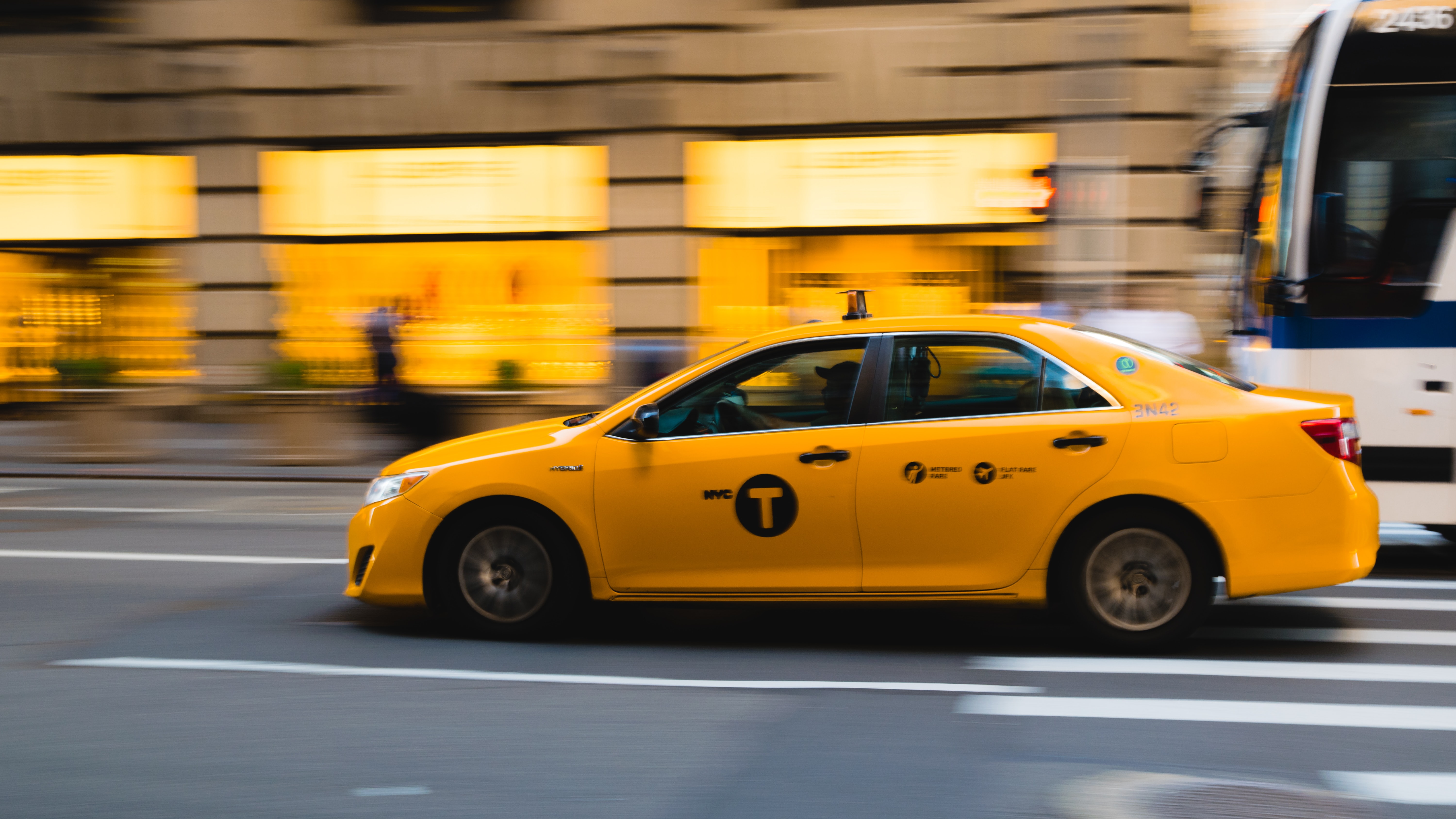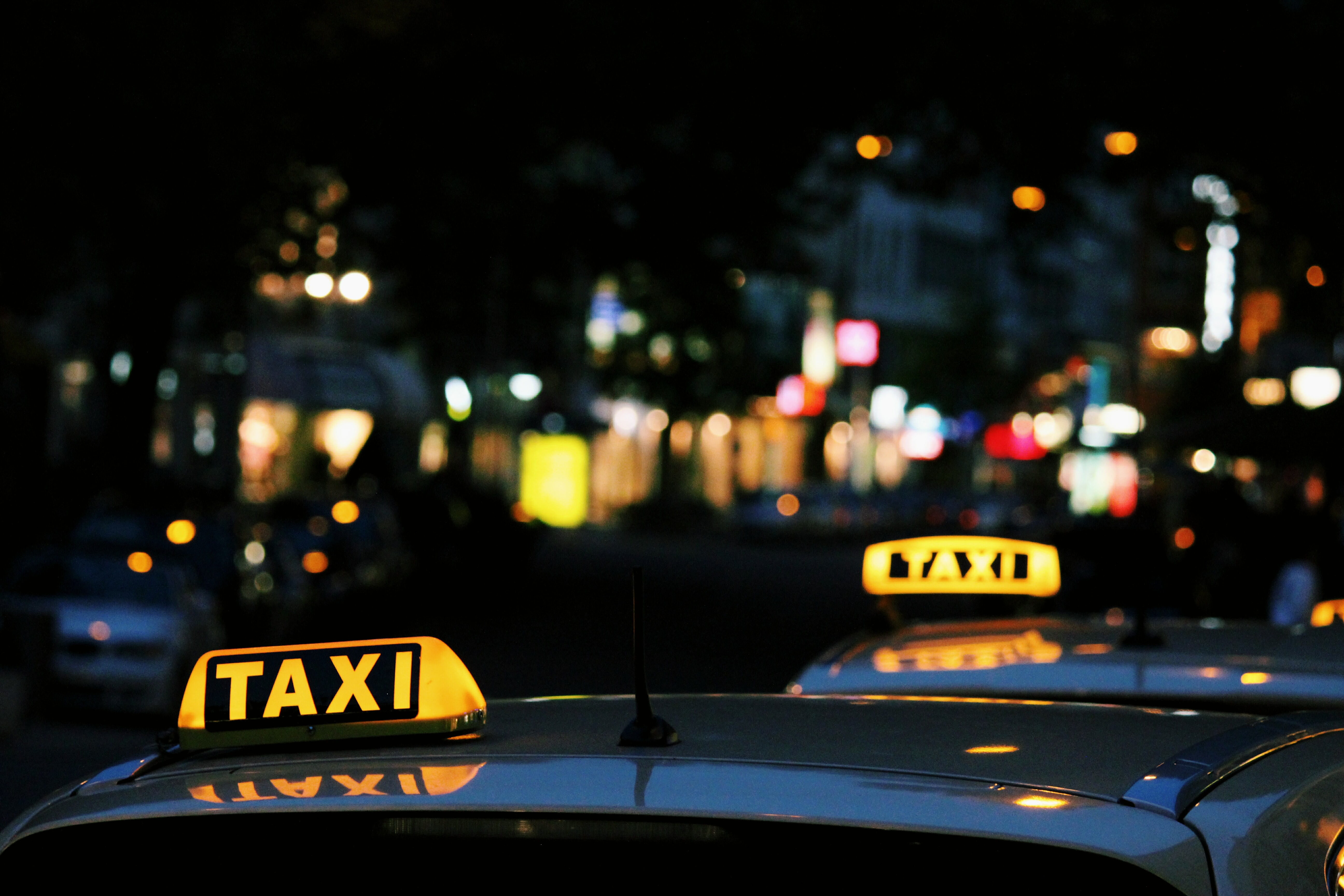Coming to the companies constituting the gig economy like Uber, featured is an all-inclusive rating system. They play a major role in making the products and offers visible on the first page of search engines. Uber has had its driver rating service, subject to deep scanning and examination where there is bound to be several consequences. It looks like a minor issue but it signifies the sensitive nature associated with the ratings. Uber’s rules and conditions note that if a driver’s mean rating for the first 25 trips drops below 4.3, then their account will become inactive and the driver is subject to a quality enhancement program so as to resume functioning.
Uber’s rating metrics feature only five stars and every score apart from that, even if it is a rating of four is considered to be zero. The aspect of ratings is a rather tricky one due to the worth seen in the context and coming to Uber, the ratings are not associated with the same so in some cases, the logic behind the same could be absurdly harsh. In some cases, the riders could give a complete 5-star rating when the rode was memorable. But, there are external factors not included with the driver like traffic, which could serve to hurt the rating.
Frances Frei who is the brand’s SVP of leadership and strategy noted two years earlier that this adopted rating logic of five-stars or zero was pointless and served no use. This bolsters the aspect that an effective management system is important to tackle such issues related to ignorant reviewers.
Michael Truong, an executive from Uber has been hard at work to patch up the issues ever since his association with Uber began 2 years back. Of late his team has launched some new attributes which serve to enhance how such reviews are organized and conducted.
He mentioned that there are several cases of a positive rating associated with the system but the dilemma and confusion were whether it had a positive or negative impact. It is a welcome news and it signifies that a majority of the Uber drivers strive to assure that the riders are associated with a safe ride and polite manners from them. It is illogical as to why the drivers should abide by the rules set.
Taking the case of the video streaming giant YouTube, it had originally incorporated the five-star rating system before dropping it 8 years back. The reason was that most of the reviews belonged only in 2 categories- Five Stars or One Star. Soon it adopted the thumbs-up method which proved to be a success and provided the user base with what they desired. Uber could be in hot water regarding the same but yet it still views its present rating system as mandatory. It is not feasible to get a five-star rating with the absence of such a system but a basic one will eliminate the riders to provide reviews which are refined.
Michael noted that several rating systems were experimented with and the focus was to identify if anything went wrong. In the case of a Thumbs-up system, it signified only two results namely good or bad. Speaking of the present system, he added that it provided the capability to say whether the ride was good but that the brand wanted to know if something went awry as well. In Uber’s 180 Days of Change campaign to conceptualize generous changes, Michael and his team modified the rating system so that the users were motivated to give more feedback. In the event, a rider rated a ride below 5 stars, then it will generate a question for the reason. The rating won’t be associated with the driver if the reason did not involve his role
This feature is to ascertain that the drivers get pristine ratings free from being associated with guilt. It is beneficial for the brand he noted.



